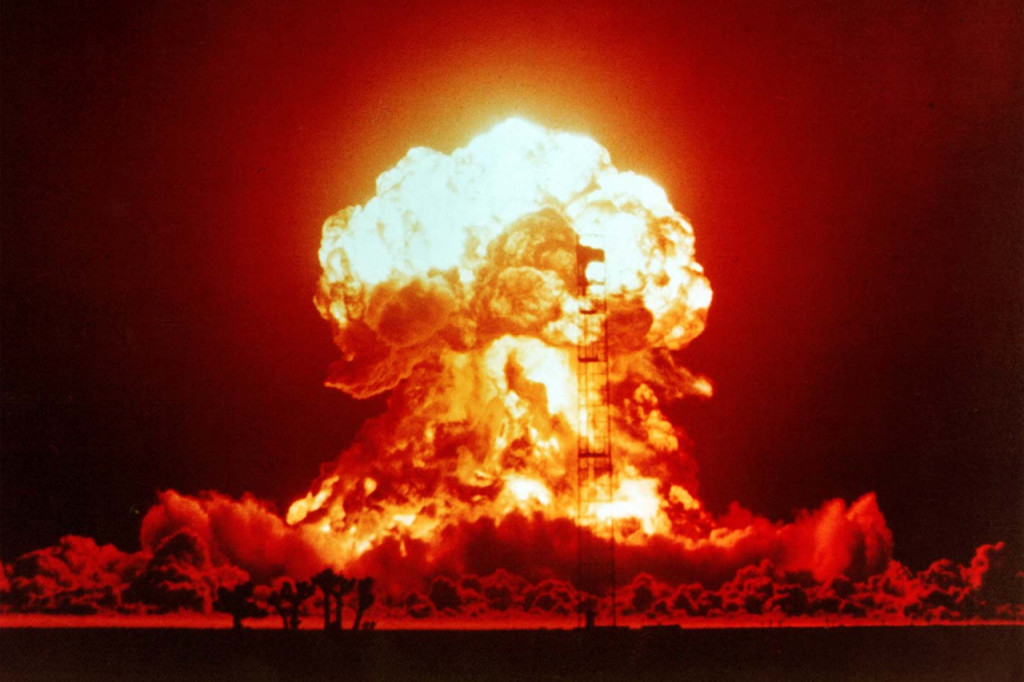Offgrid Preparation Nuclear Knowledge: A-Bombs and H-Bombs
Nuclear weapons are immensely powerful, but also often misunderstood. Most people can tell you that there are two types of nuclear weapons—A-bombs and H-bombs—but many of those individuals don't understand what the differences are, or how each works on a molecular level. Understanding these key differences helps us understand how nukes are constructed, and why this knowledge is still relevant in today's world of nuclear disarmament.

A 23-kiloton atomic shell detonation from April, 1953. Source: National Nuclear Security Administration / Nevada Site...
First of all, A-bomb stands for atomic bomb, which relies on nuclear fission. This means that the nucleus of a volatile atom is split, creating a chain reaction and releasing huge amounts of energy very quickly. On the other hand, H-bomb stands for hydrogen bomb, which relies on nuclear fusion. This weapon causes two types of atoms to collide, forming a new material and releasing truly massive amounts of energy as a byproduct.
Why does this matter? Well, it's important to know the weapons that exist, so you can differentiate between the two throughout history. A-bombs were infamously used against the Japanese cities of Hiroshima and Nagasaki in WWII, while H-bomb development became more prevalent during the extreme tensions of the Cold War.

Here's an excellent infographic from Futurism that explains some more nuclear facts:
Today, the biggest nuclear threats come from North Korea, India, and Pakistan, three countries which are known to possess nuclear weapons but have refused to sign the Nuclear Non-Proliferation Treaty. North Korea actually was part of the treaty, but withdrew from it in 2003, and has since tested nuclear weapons at least three times.
North Korea claims to have tested an H-bomb on January 5th, 2016, but most sources believe it was a smaller-yield A-bomb, as the country may not yet have the supercomputers and other technology required to produce more sophisticated Hydrogen weapons.
Knowing the difference between these two types of bombs can help us understand the threat that nuclear warfare may pose today, as well as key players that may be willing to use these nuclear weapons. See the map above for countries that currently or recently possessed nuclear weapons. Here's the color legend:
 STAY SAFE: Download a Free copy of the OFFGRID Outbreak Issue
STAY SAFE: Download a Free copy of the OFFGRID Outbreak Issue
No Comments